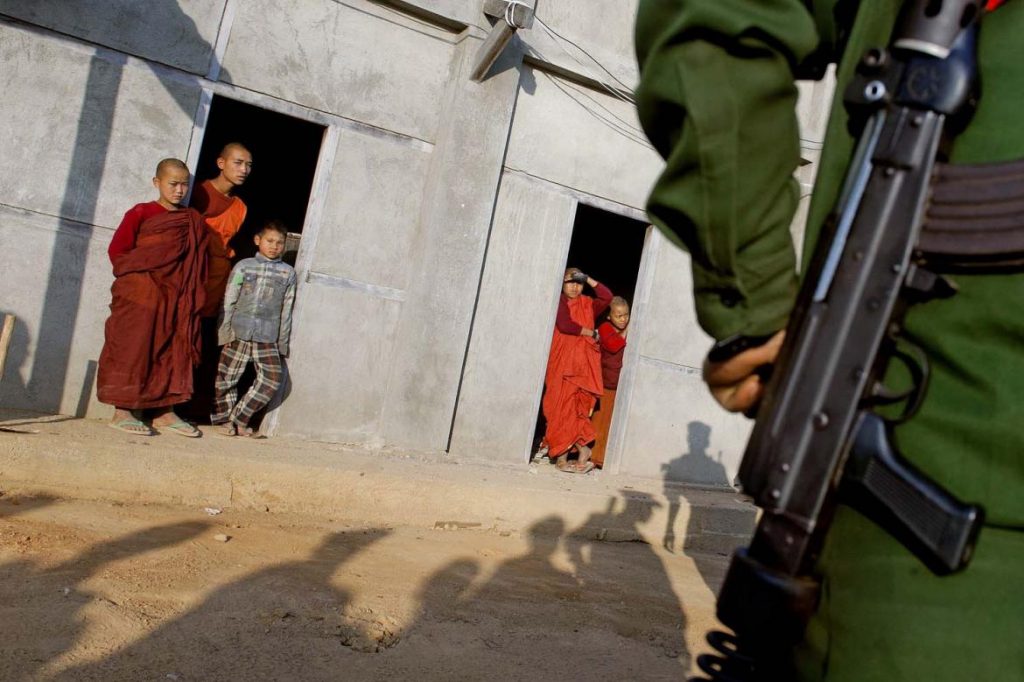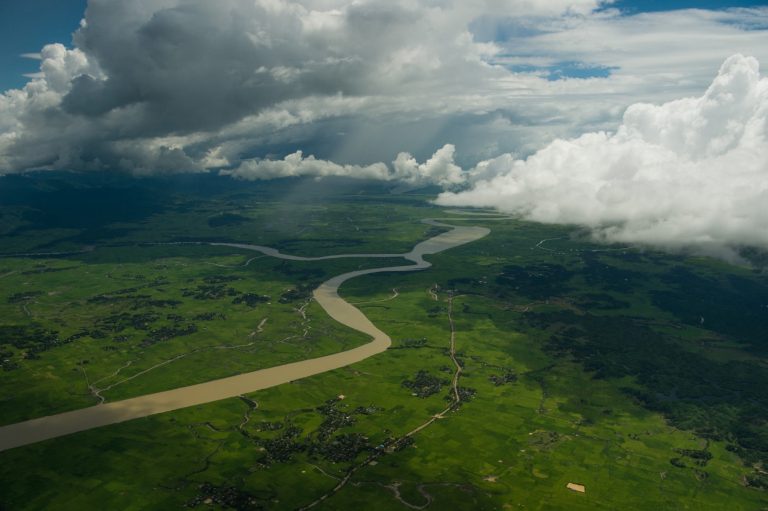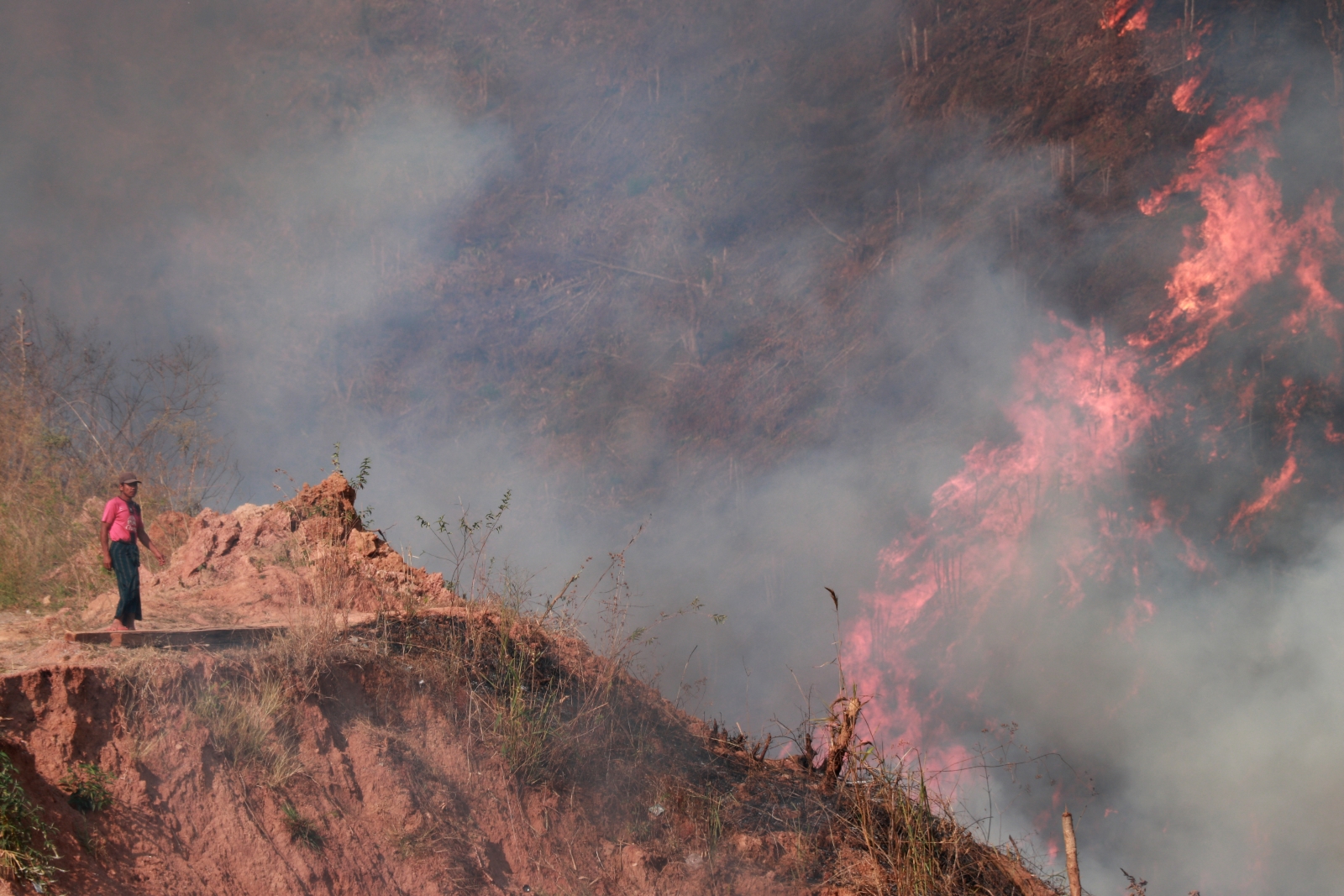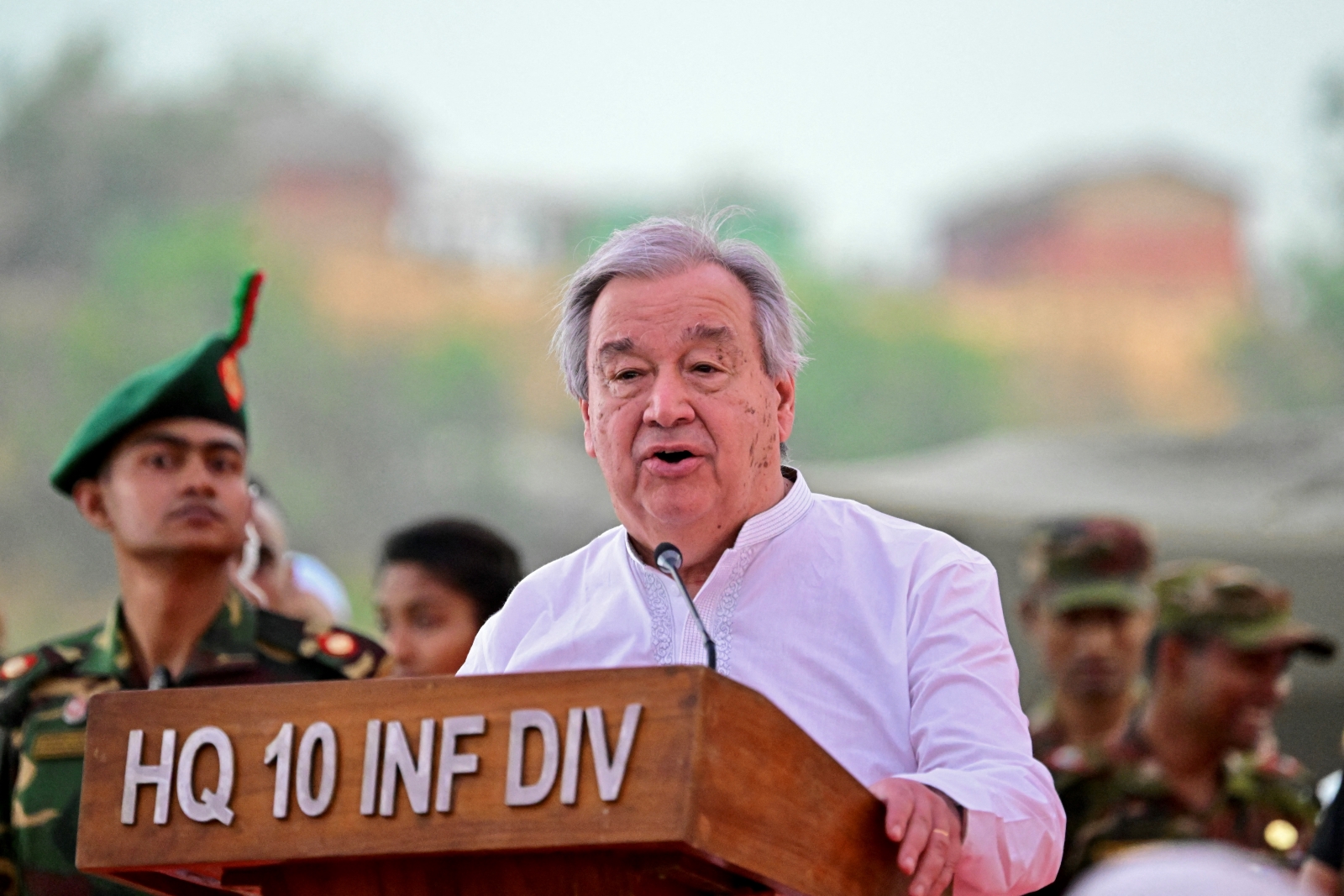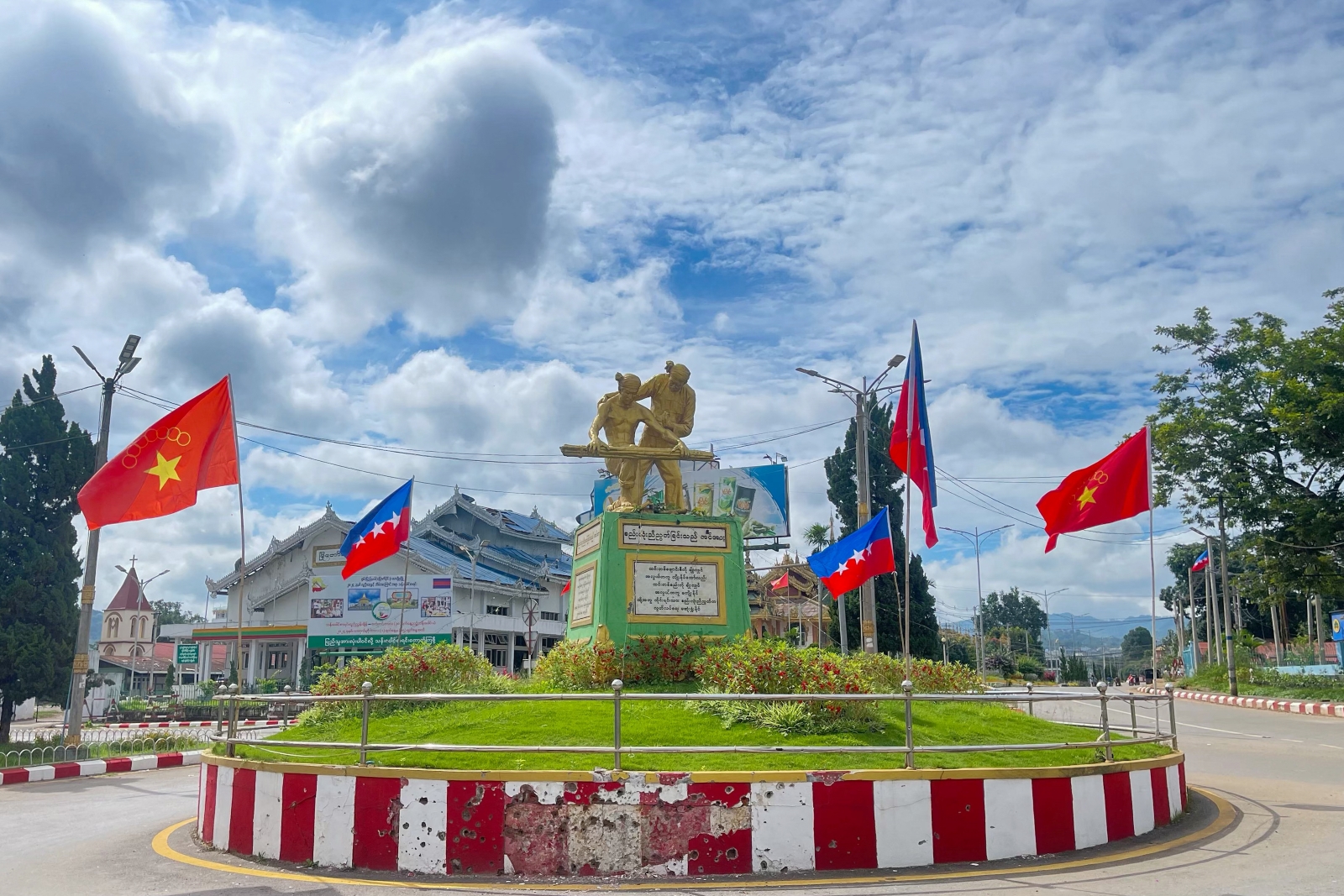Understanding the behaviour and motivation of the three groups that launched attacks in Shan State on August 15 is key to charting a course forward for the peace process.
By YUN SUN | FRONTIER
WITH FIGHTING in Rakhine State since January and escalating bloodshed in northern Shan State, Myanmar is enduring a level of conflict unprecedented in recent years. This state of affairs has further diminished the already gloomy prospect for any progress in the peace process before the 2020 elections. The peace process, with all its weaknesses and incapacity, may not be completely to blame for the recent fighting. However, the timing, location and specific patterns of the conflicts taking place in recent years require more analysis if a resolution is to be achieved in future.
With perhaps some minor exceptions, the most significant armed conflicts in Myanmar since 2011 have taken place between Myanmar’s military, the Tatmadaw, and the four organisations under the Northern Alliance banner: the Kachin Independence Army, Myanmar National Democratic Alliance Army, Ta’ang National Liberation Army and Arakan Army. Most of the fighting has taken place in Kachin and Shan states, where there is often an overlap in territory among and between the ethnic armed groups and the Tatmadaw.
The military alliance among the four groups is categorically distinct from the Federal Political Negotiation and Consultative Committee, which is a political organisation and does not automatically and directly carry military commitment to mutual defence – a point that was made clear at the second Panghsang Summit in 2017. The KIA, as the leader of the Northern Alliance, has been engaged in active conflict with the Tatmadaw since June 2011. Its support of the three other organisations is easily understood – to distract and mitigate the military pressure it faces from the Tatmadaw.
However, the actions of the MNDAA, TNLA and AA deserve more attention from a conflict resolution perspective. This is not only because these groups have generated much, if not most, of the bloodshed in recent years, but also because they represent the “loose end” in the peace process and are indispensable for its success. Indeed, the United Wa State Army, which leads the FPNCC, and several others have conditioned their participation in the peace process on the three groups also being allowed to participate.
Support more independent journalism like this. Sign up to be a Frontier member.
Understanding the behaviour of the MNDAA, TNLA and AA is key to charting a course forward for the peace process. For several years, the three groups have coordinated military operations, and the violence in Shan State and neighbouring Mandalay Region since August 15 is just the latest expression of that coordination. They also share three key but special commonalities.
The first is status. None of them have been recognised officially as a legitimate, formal participant in the peace process because they only emerged as serious players in the conflict after the peace process started. The Myanmar government does not want to create any precedent that armed rebellions will be rewarded with political negotiations or settlements.
The second is territory. None of them occupy territory that is officially settled, defined or recognised by either the Myanmar authorities or other armed groups.
The third is revenue: Because of the lack of officially recognised territory or political status, none of the three groups has defined, reliable revenue sources, other than financial assistance from KIA.
These three issues are interlinked and fundamentally shape the motivations and patterns of the three groups’ military operations. The lack of official recognition incentivises continued fighting as the means to earn official seats at the negotiation table. If they could be quickly and easily eradicated by the Myanmar military, there would be no need for political dialogue with them to begin with. To claim legitimacy and demonstrate viability and sustainability, these groups need to establish consistent and uninterrupted control of territories as their revolutionary base.
But the occupation of certain territory is not only important in a political and a military operational sense, it is also vital for reliable revenue creation through tax collection, mining, investment or trade. To sustain the size of their military forces, the three organisations have to generate enough revenue to pay their soldiers and buy their weapons. Relying completely on donations from sympathetic ethnic armed groups or local populations will not guarantee their survival. Revenue generation is a critical issue for these three groups precisely because they have no official status or territory.
Almost all fighting initiated by these three groups serve one or several of the three goals listed above. One example is the TNLA’s conflict with the Restoration Council of Shan State for territory in Shan State. The issue of revenue generation has been a particularly critical factor in the recent years. The motivation for the MNDAA’s attack on Laukkai in the Kokang Self-Administered Zone in March 2017 was to rob the Kokang casinos. At the time, the MNDAA was running out of financial resources because its main Chinese donor, the Yucheng Group, was on trial in China for running a Ponzi scheme.
On May 12, 2017, the three groups attacked a key border trade center in Muse and the main trade corridor between China and Myanmar. The reasons for the most recent conflict are not yet exactly clear, but some have suggested it is because of recent Tatmadaw efforts to crack down on drug trafficking. Whether armed groups’ engagement in illicit activities for revenue is justified is a moral question beyond the purpose of this discussion. One can only fairly say that it is an inevitable reality on the ground.
What can be said with some confidence is that Tatmadaw counterattacks and political rejection by the Myanmar authorities only lead to a vicious circle of continued escalation and repeated bloodshed.
As attention in the country shifts toward the 2020 elections, the peace process seems to have been put on the backburner. The ethnic armed groups, too, have less incentive to negotiate with the government at this time. The lack of attention and the diverted political priorities foster greater opportunities to expand their territorial, economic and political ambitions.
The bloodshed since August 15 has come as a shock to many. However, it shouldn’t have necessarily been a surprise because the question of how to respond to the rise of these three groups has never been properly, let alone adequately, addressed.


